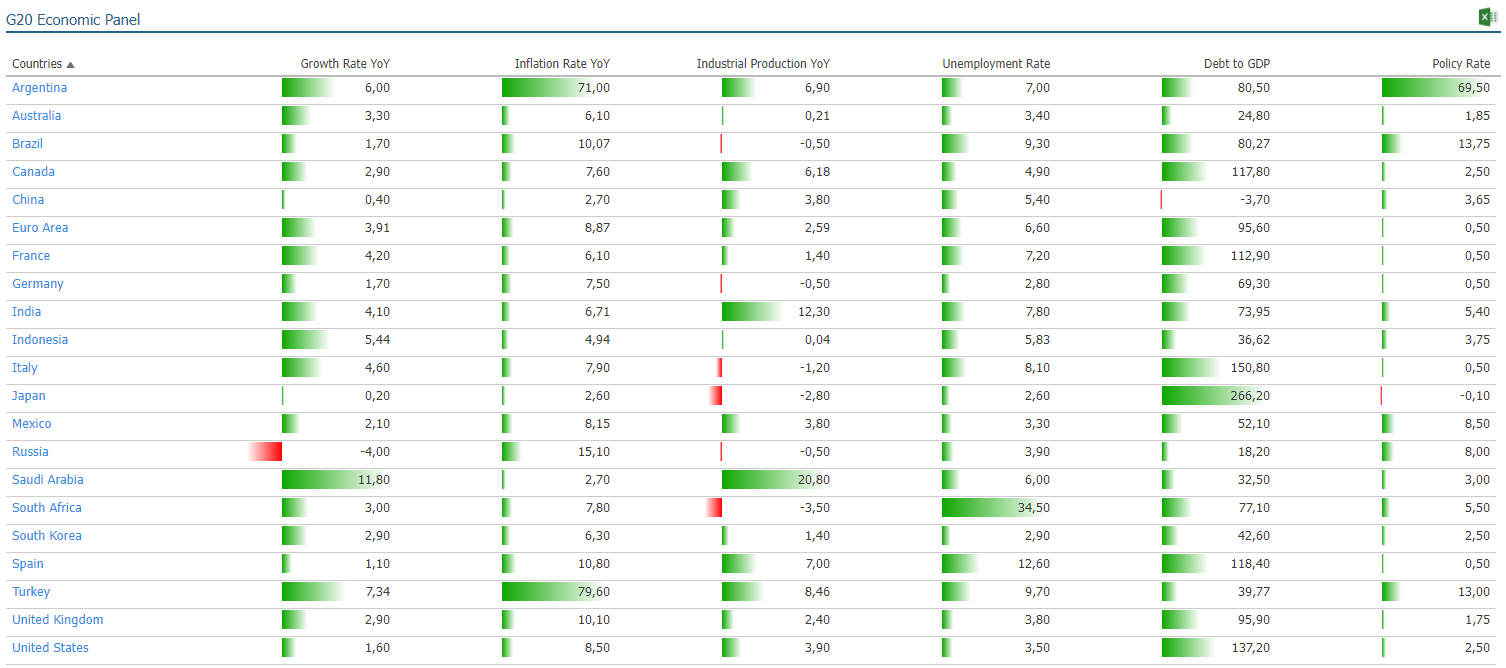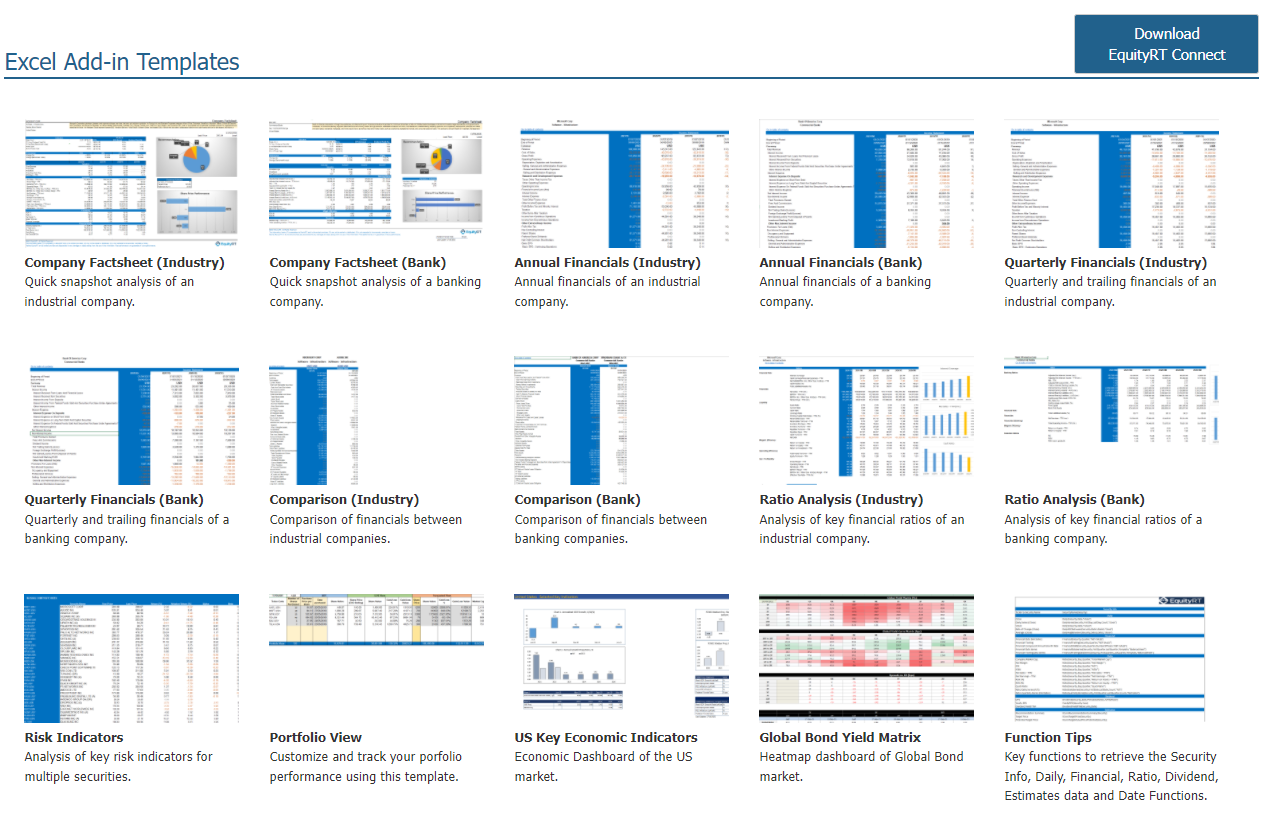Just like human health, the overall health of an economy is also recognized through signs and symptoms. Sometimes indicators give us strong and healthy signs showing that the economic conditions are favorable and sometimes those signs turn out to be poor, indicating that the economy is in trouble.
Identifying the symptoms is not always easy and that is exactly where the economic indicators step in. Understanding the economic indicators is vital to interpreting the state and future trends of macroeconomic activity.
Widely accepted economic indicators are statistics that provide signals about the overall state of the economic activity. They range from growth to labor market conditions, from fiscal policy to monetary policy indicators from oil to stock market indices.

Leading, coincident, and lagging economic indicators
In general, the majority of economic indicators are grouped under three main categories depending on whether they look forward (leading), backward (lagging), or change in tandem with the economy (coincident).

What are leading economic indicators?
Leading economic indicators often change before the economy starts to move in a certain direction as a whole. Due to this, these indicators have the potential to anticipate the short-term direction of economic activity. Leading indicators have been widely in use as a primary tool of economic forecasting for many years.
The most frequently monitored individual leading indicators are the level of manufacturing activity, average weekly hours in manufacturing, new orders, consumer sentiments, money supply (M2), interest rate spread, building permits, and stock prices.
What are lagging economic indicators?
Contrary to leading indicators, lagging indicators show the historical performance of the economy, and changes are identified only after the economic trend has been realized. These indicators validate that what the leading indicators might have anticipated was in fact happening.
The most common lagging indicators are the changes in GDP, unemployment rate, consumer prices, income, and wages.
What are coincident economic indicators?
Coincident indicators are those that change almost simultaneously with the economy as a whole and thus reflect the current state of the economy.
Typical examples of coincident indicators are industrial production, retail sales, and turnover.
It is worth noting that the definitions of these three indicator types are not always clear. Some indicators may be introduced into different categories depending on the context and the method used.
Who follows these indicators?
Economists, research analysts, professional and non-professional investors, business managers, consultants, advisors, and academicians, briefly those who are tasked with tracking, analyzing, and interpreting the economic environment are following the economic indicators.
Need to access global economic indicators through an easy-to-use and cost-effective platform?
The EquityRT consolidates the leading, lagging, and coincident economic indicators on various economic topics for over 190 countries into a single web portal. In addition to historical data the coverage also includes daily exchange rates, bonds, and commodity prices at no additional cost.
EquityRT Connect Excel Add-in simplifies the analysis and automation of this large data and is free to install for our clients.
To further improve productivity, meticulously designed are available for those who need to track many indicators frequently. Start using these templates as they are or customize them for your own purposes.

